Here's a very Thème who risks raise questions and possibly cause points of contention. What is the best position to adopt to the net ? Let's try to provide you with arguments so that you can find THE answer.
Le padel is an attack and defense game. These two zones can be delimited by the service line. Behind, defense; forward, attack. Suffice to say that the attack zone is much larger than the defense zone. So, from this observation, you will have to evolve, vary your positions, adjust your game, to be able to maintain yourself and impose your rhythm in the attacking zone.
What the books say
During the training of instructors of padel, the books must give bases and in particular benchmarks. For the positioning at the net, we speak of the middle of the service box in the width of the track, and from 3,50m to 4m from the net. Is this the best position for ordinary mortals? Maybe not. On the other hand, for high-level players, this area is certainly the best because it allows them to read the ball, volley with precision and access all types of balls: high, low or lobs. The problem is that not all amateur players have an exceptional technique and the physique of gladiators. So, wouldn't it be interesting to modify this basic position according to your ease?
The "no man's land"
Who has never heard of this area? “No man's land”, swamp, transition zone or other. Most players tell you never to stay here. Yes it's true that for high level players, this area is certainly not the best. But for the others ?
Find your base
The advice would be to find this zone from which you are serene, calm, from which you can manage the attacks of the opponents, master the volleys, place them, work on the point, and also and above all, make bandejas, smashes or defend lobs without much difficulty. It could be very close to the net, very close to the service line, half-track, you will understand, in a place where you can go to the volley and not defend it with a step back, control the ball , and not to go back and forth repeatedly between the bottom and the net.
Know that this position will be your base, but that depending on the match and the opponents you will face, it may evolve.
Examples to better understand
Here are some situations that may help you understand better.
- A beginner player. This type of player must be reassured with the game, pass balls, understand movements, positions and impact with safety. If you ask him/her to stand close to the net, first of all, he/she will not touch a ball, will be systematically lobbed, and will be afraid when the ball arrives towards his/her body. So wouldn't the solution be to just cross the line to understand the idea of attack and defense? With time and practice, the player will reassure himself and come closer to the net.
- A soccer player. Imagine a football player with a midfield position. His role is to transfer the ball from the defense to the attack and then to organize the defense during opposing attacks. If this player is too close to the net, he will not be able to shine properly while placed in the middle of the track he will regain his football sensations, will be a super organizer who will know how to make his team shine both in attack and during difficult times.
- A volleyball player. Generally tall, this type of player knows how to handle fast balls because he has good reflexes. He also knows how to negotiate high balls well, and running from back to front is done in just three steps. By positioning himself close to the net he can cover a large part of the track and avoid the balls in the feet.
- Old people. THE padel is played by all. You will understand that a person turning 70 does not have the same physique as a healthy 25-year-old player. If you force these two types of people to play the same way, one will be able to play a match of 1h30 without problem when the other will only last 4 games. By adjusting the position at the net, older or less fit players will be able to negotiate more balls while protecting their physique.
Up to you
What kind of player are you or do you want to be? Depending on your answer, your position at the net will differ. Want to be competitive? You will need to insert more physics. Are you an amateur or recreational player? Favor the game, but tell yourself one thing is that even if you have found your basic position at the net, depending on the situation during the point or according to your opponents, it will evolve. Let's go!
Julien Bondia is a teacher of padel in Tenerife (Spain). Columnist and advisor, he helps you play better through his tutorials and tactical/technical articles padel.




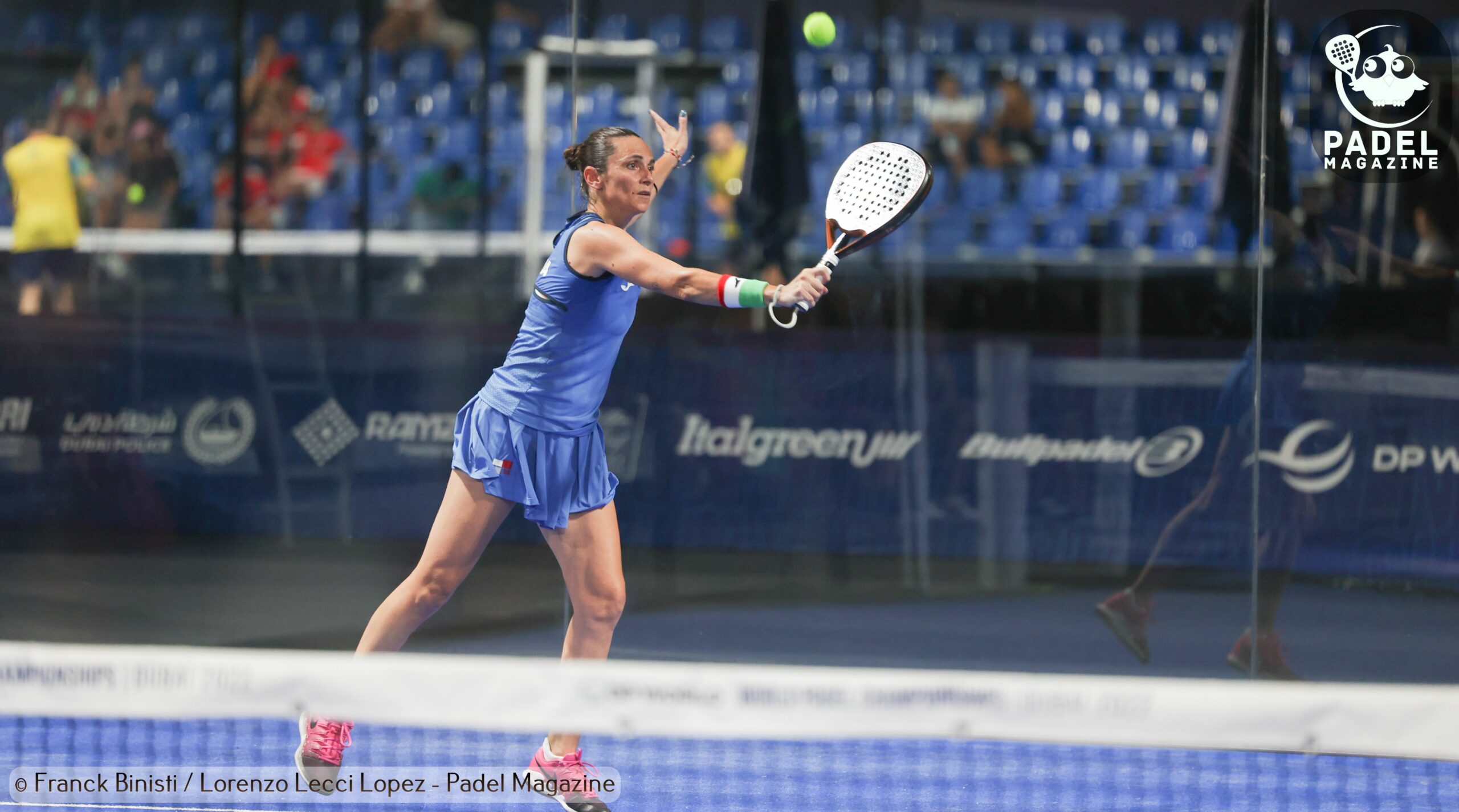
















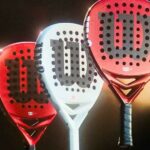















































































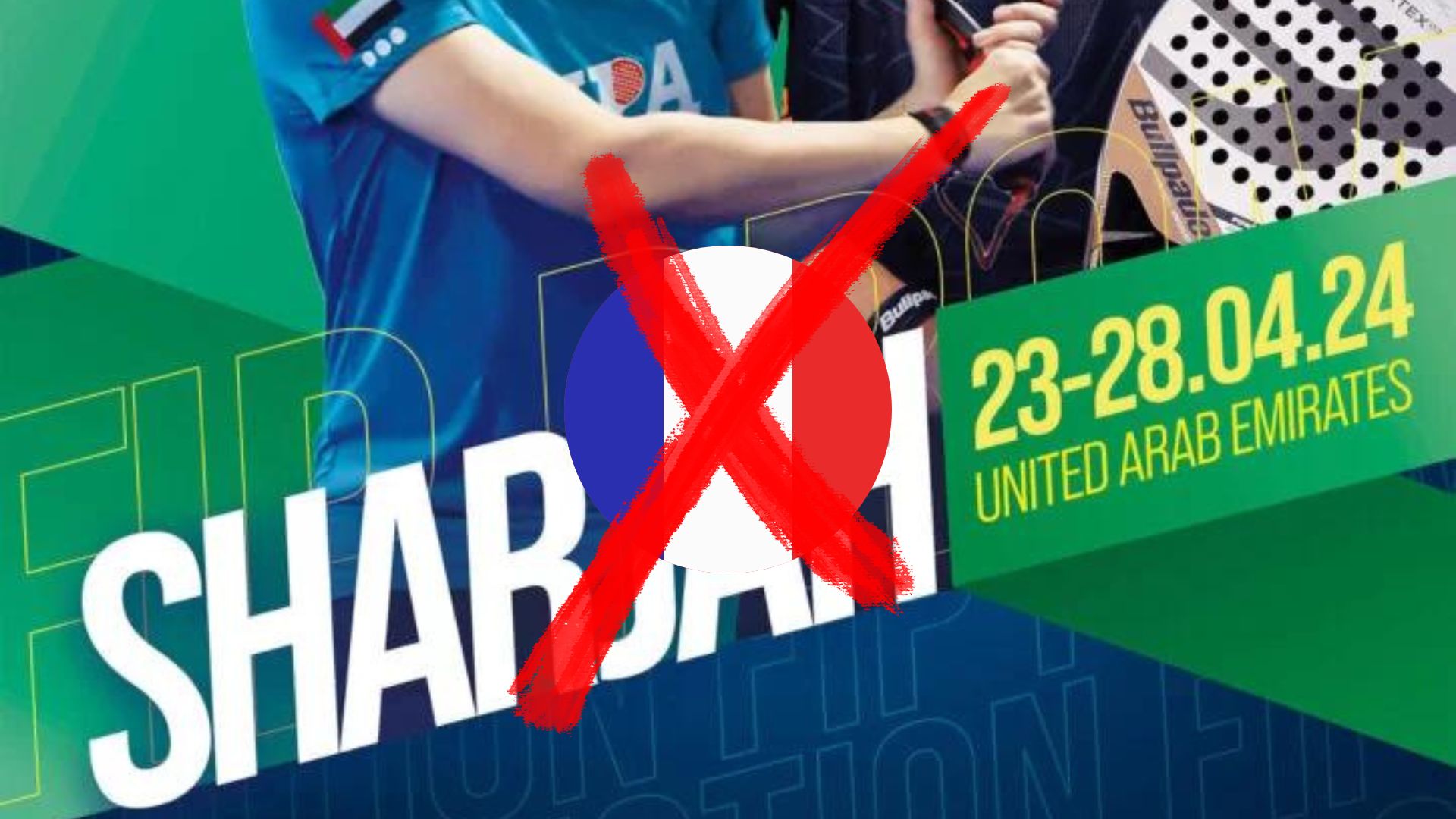 FIP Promotion Sharjah – More French people in the United Arab Emirates
FIP Promotion Sharjah – More French people in the United Arab Emirates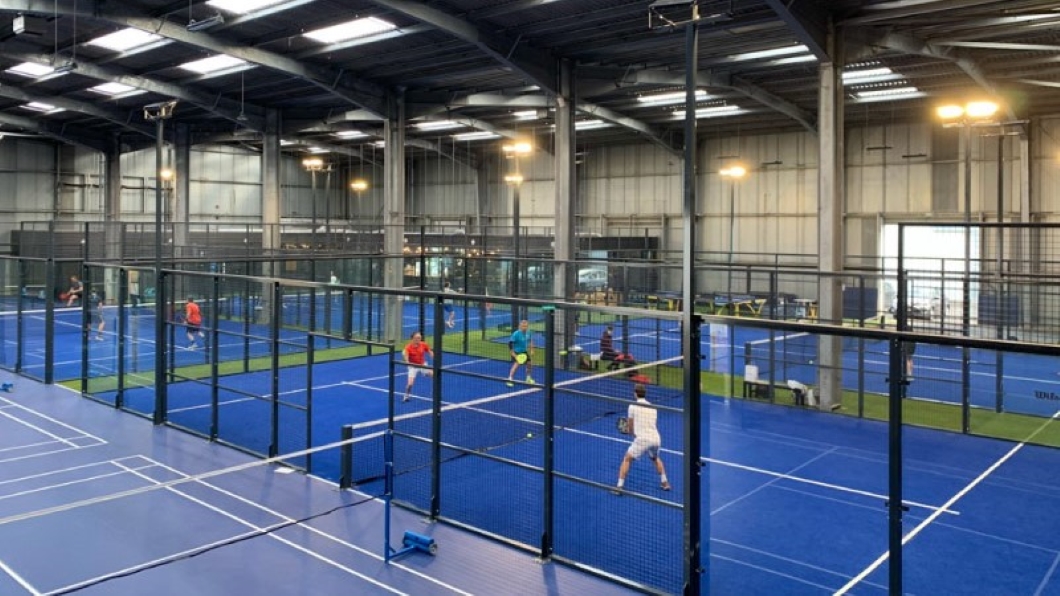 P1000 PadelShot Saint-Étienne – Follow the surprise poster Vincent/Hugounenq – Couturier/Benmergui live
P1000 PadelShot Saint-Étienne – Follow the surprise poster Vincent/Hugounenq – Couturier/Benmergui live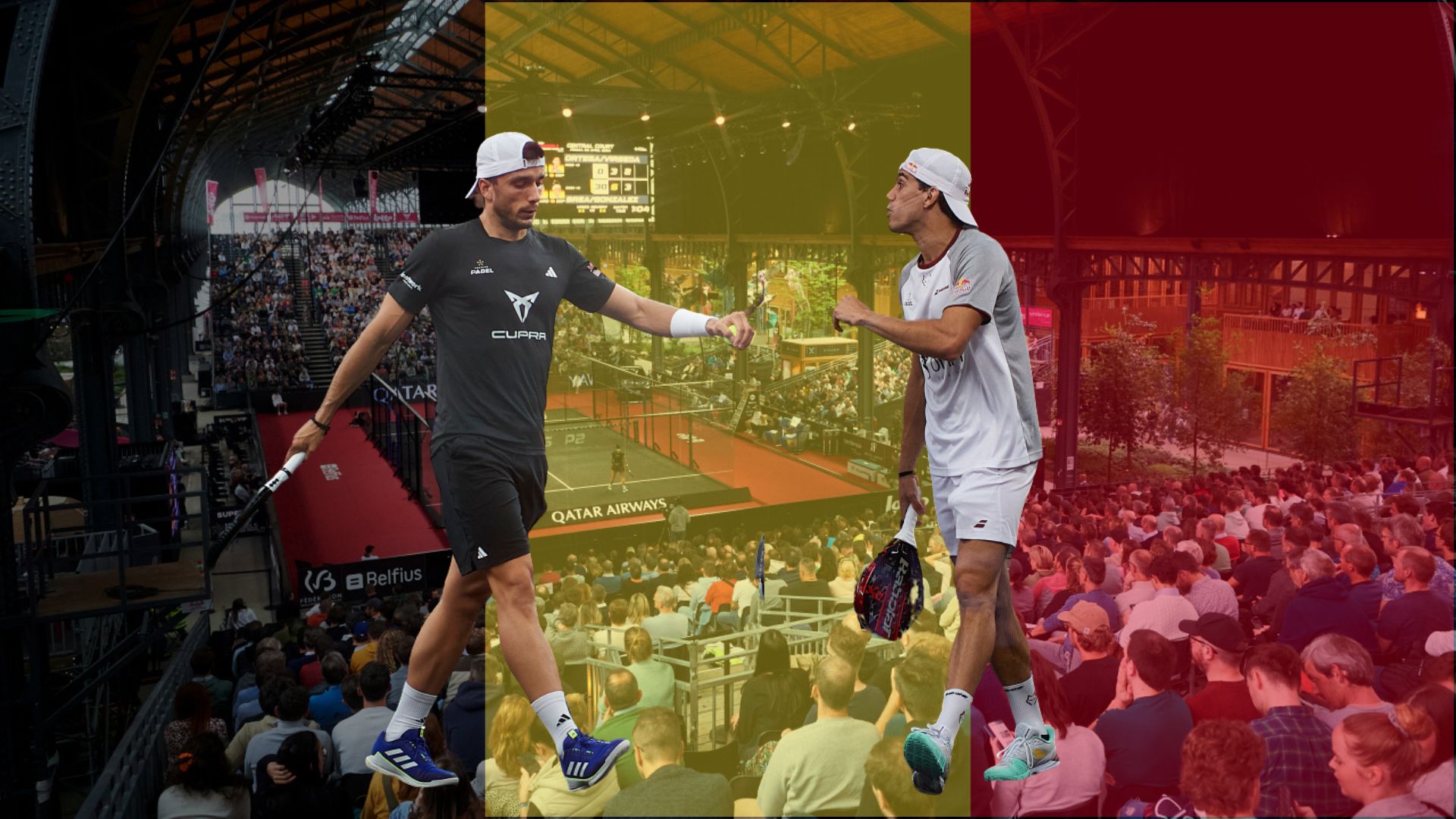 Premier Padel Brussels P2 – Juan Lebron and Ale Galan together in Belgium?
Premier Padel Brussels P2 – Juan Lebron and Ale Galan together in Belgium?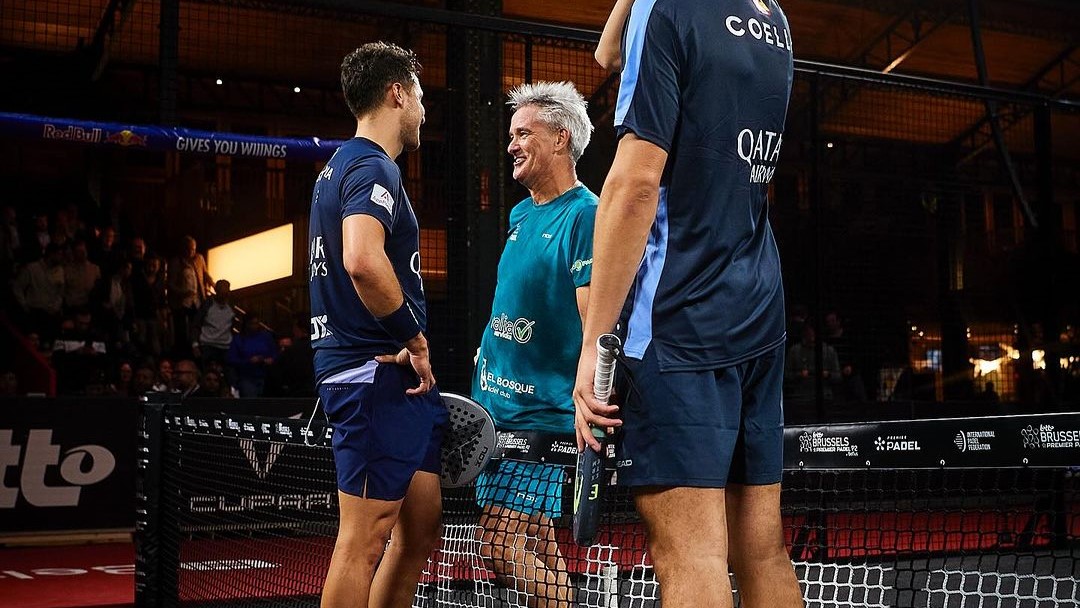 Agustin Tapia salutes the longevity of Miguel Lamperti
Agustin Tapia salutes the longevity of Miguel Lamperti Guillaume Codron de Sud Padel : “A family project”
Guillaume Codron de Sud Padel : “A family project” Nallé Grinda: “Democratize the padel in the USA with PadelX "
Nallé Grinda: “Democratize the padel in the USA with PadelX " Simon Boissé: “We know that there are two nations in front of us”
Simon Boissé: “We know that there are two nations in front of us” Marie Maligo: “This period of frequent changes of partners was beneficial for me”
Marie Maligo: “This period of frequent changes of partners was beneficial for me”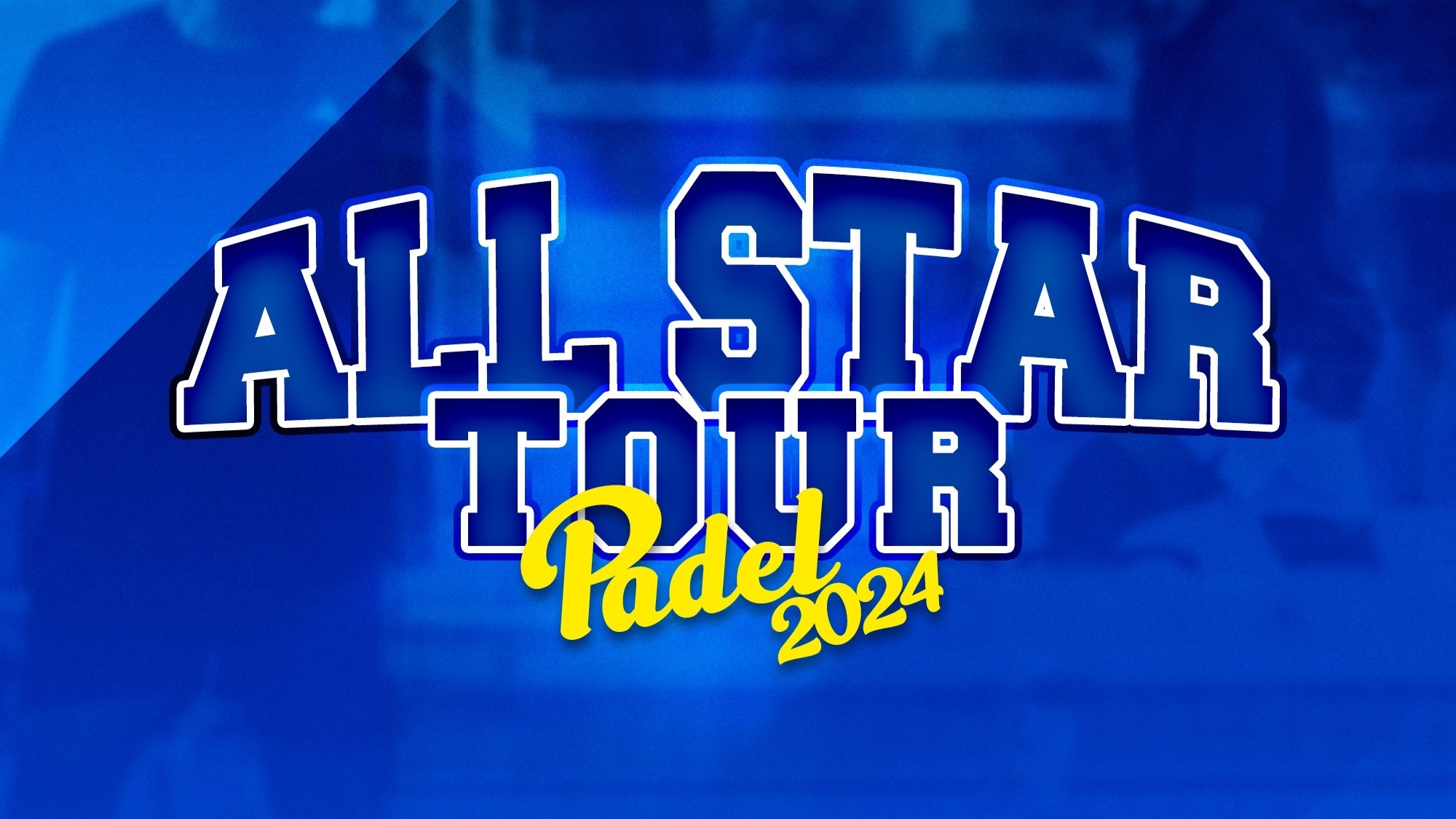 The All Star Tour returns on May 16 at the All In in Lyon
The All Star Tour returns on May 16 at the All In in Lyon D-7 of the “BetClic Remontada Padel”, at the foot of the Eiffel Tower
D-7 of the “BetClic Remontada Padel”, at the foot of the Eiffel Tower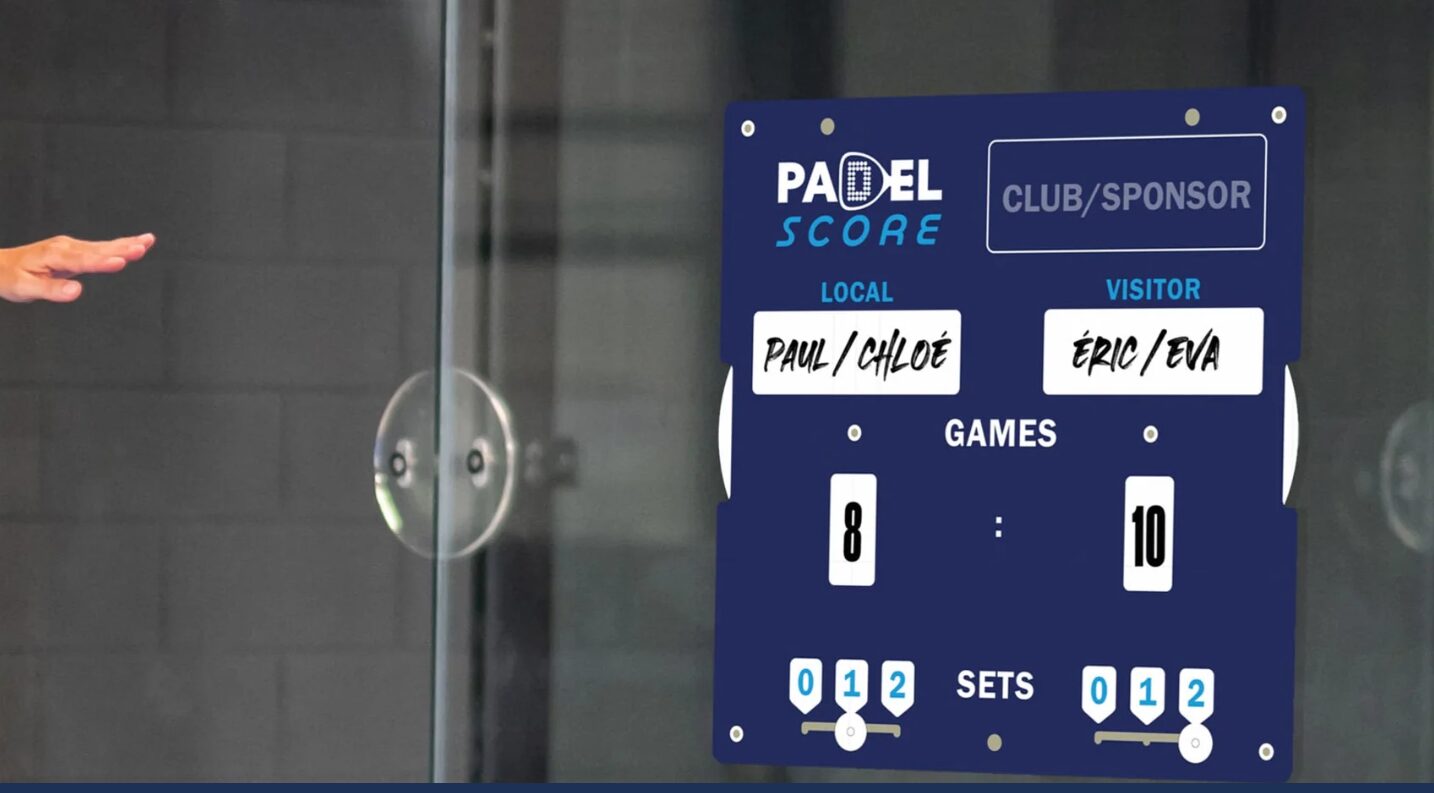 Padel Score: an essential table for keeping score
Padel Score: an essential table for keeping score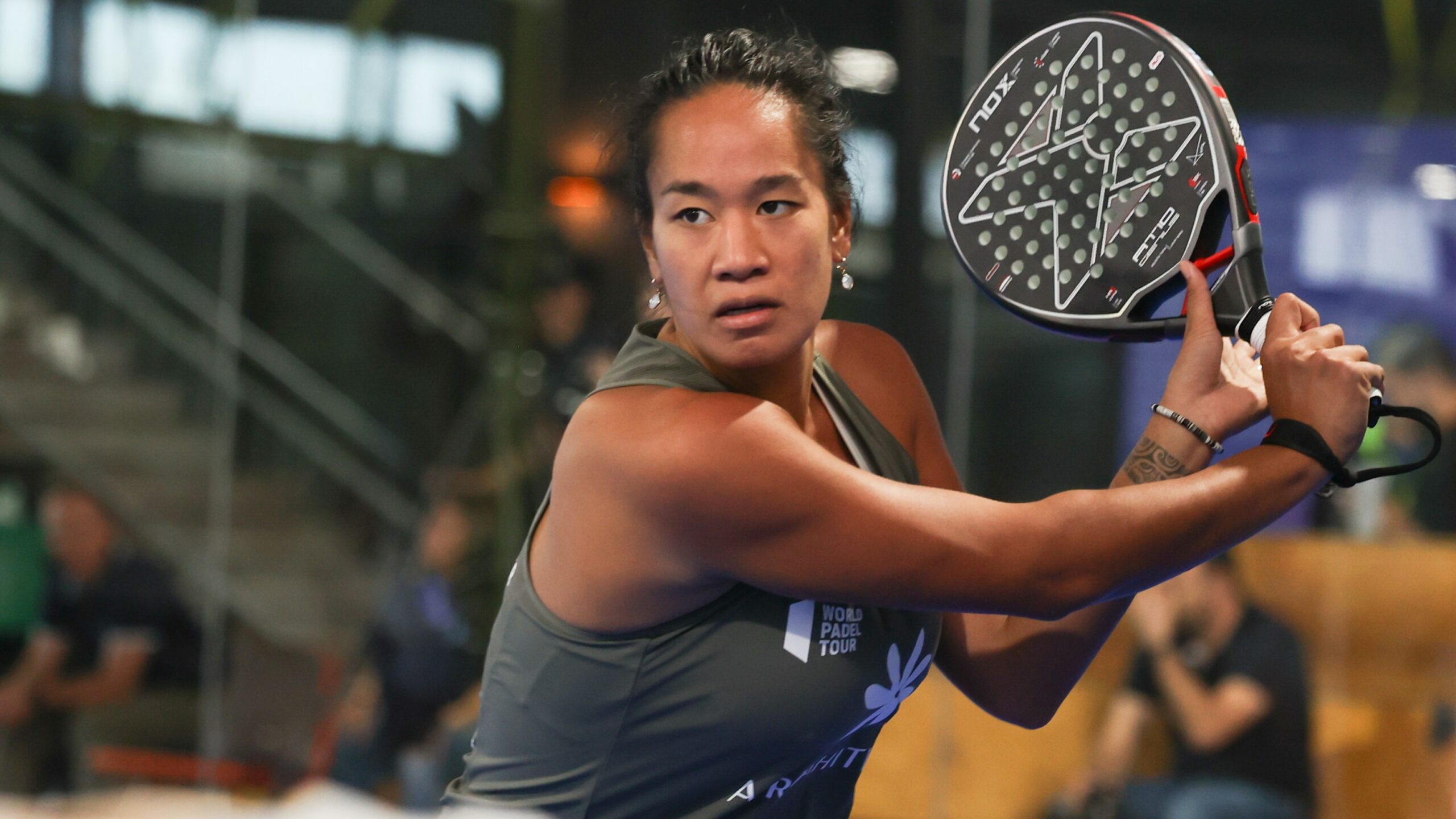 Léa Godallier makes her big return to the slopes this weekend
Léa Godallier makes her big return to the slopes this weekend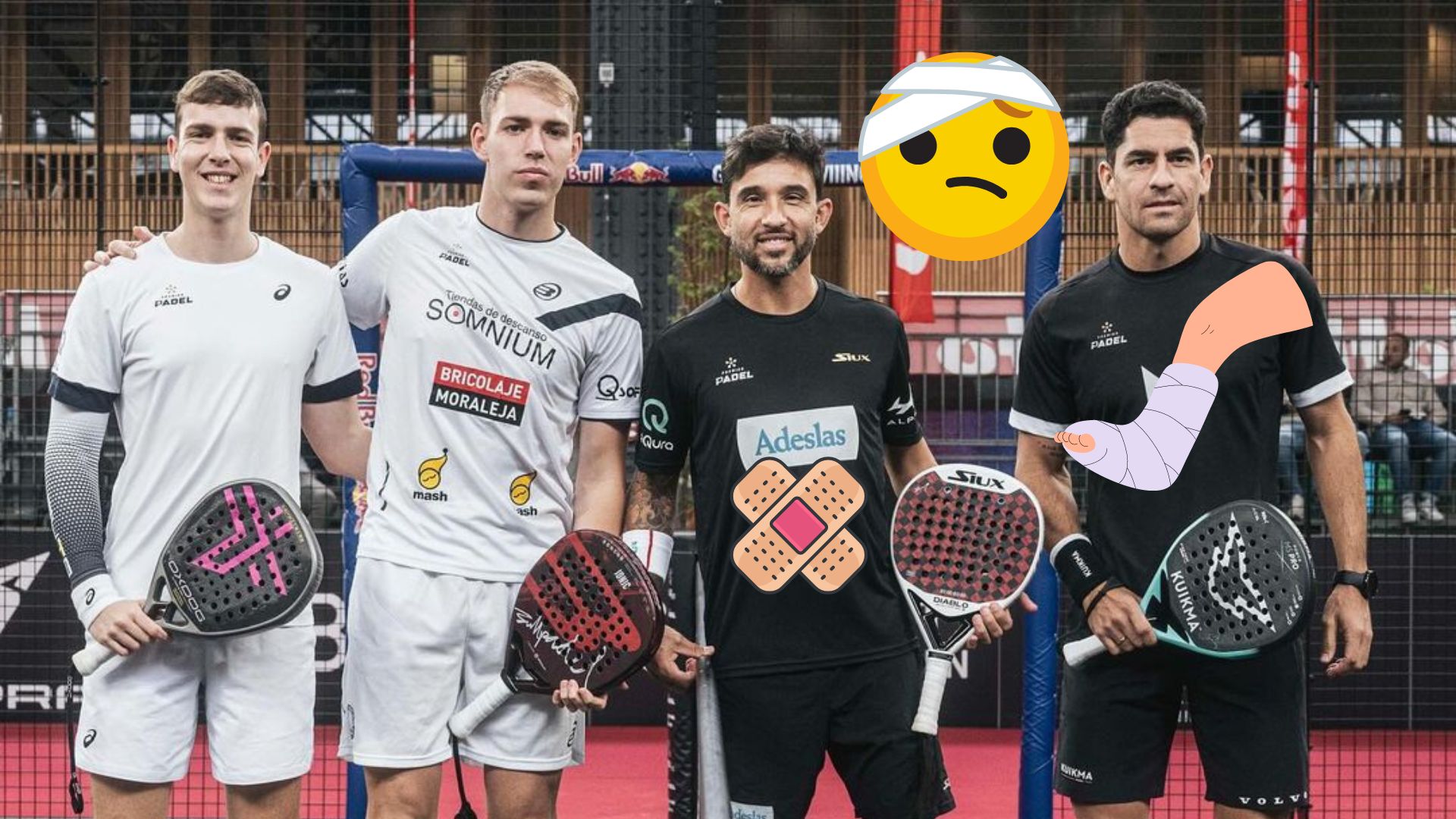 Unusual – Sanyo Gutierrez and Maxi Sanchez suffered in Brussels
Unusual – Sanyo Gutierrez and Maxi Sanchez suffered in Brussels José Manuel Escin at the inauguration of Casa Padel DOS: “Finally, and thank you!”
José Manuel Escin at the inauguration of Casa Padel DOS: “Finally, and thank you!” Padel Score comes to Tahiti for American Express Padel Cup!
Padel Score comes to Tahiti for American Express Padel Cup! Do you know the Rafa Nadal Academy Tour?
Do you know the Rafa Nadal Academy Tour? Play at padel on his yacht? Possible for €233.000!
Play at padel on his yacht? Possible for €233.000!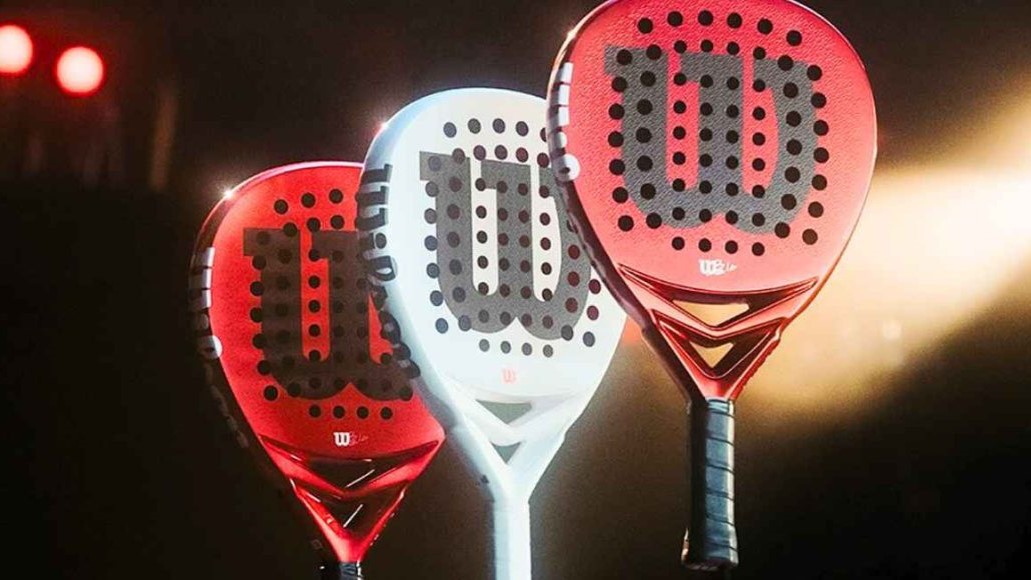 Presentation of the Wilson Bela V2.5 collection
Presentation of the Wilson Bela V2.5 collection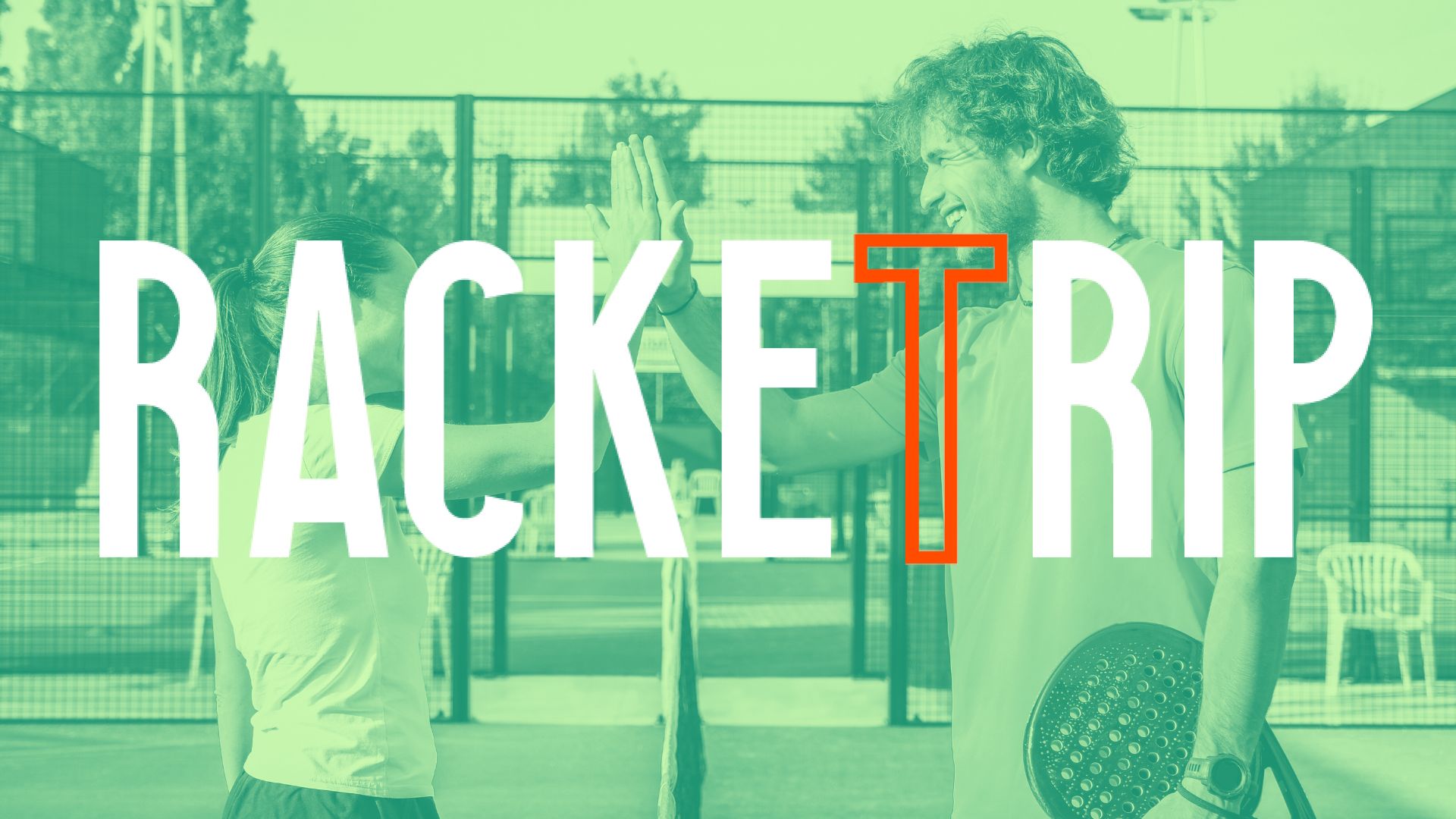 The LinkedIn of racquet sports: Racket Trip
The LinkedIn of racquet sports: Racket Trip The score at padel : manual
The score at padel : manual Our Top 10 training courses padel in France and Europe
Our Top 10 training courses padel in France and Europe At the heart of padel – Episode 25: Paul and Andoni answer your questions
At the heart of padel – Episode 25: Paul and Andoni answer your questions At the heart of padel – Episode 23: defend the window well
At the heart of padel – Episode 23: defend the window well Prohibition on playing topless Padel : the reasons
Prohibition on playing topless Padel : the reasons FIP Tour – Going far from Europe, THE strategy to earn points!
FIP Tour – Going far from Europe, THE strategy to earn points! What is a good football player? padel ?
What is a good football player? padel ? “Lefties give me headaches when I play against them!”
“Lefties give me headaches when I play against them!” At the heart of padel – Episode 14: how to earn points in winter?
At the heart of padel – Episode 14: how to earn points in winter? The basic tactics of padel
The basic tactics of padel A par 4 is always a winner...even if you manage to defend it!
A par 4 is always a winner...even if you manage to defend it! Carbon fiber VS fiberglass: what to choose?
Carbon fiber VS fiberglass: what to choose? How to effectively test a racket padel ?
How to effectively test a racket padel ? La padel to fight Parkinson's disease
La padel to fight Parkinson's disease Don't play with a cracked or broken racket, your body will thank you!
Don't play with a cracked or broken racket, your body will thank you! Michel Cymes: “The padel, physically, it’s serious!”
Michel Cymes: “The padel, physically, it’s serious!” Jeremy Gala: “Promote the padel among young people in Belgium remains a challenge”
Jeremy Gala: “Promote the padel among young people in Belgium remains a challenge” The French Touch Academy organizes its selection day Padel-Study
The French Touch Academy organizes its selection day Padel-Study Report on the detection and training of younger generations
Report on the detection and training of younger generations